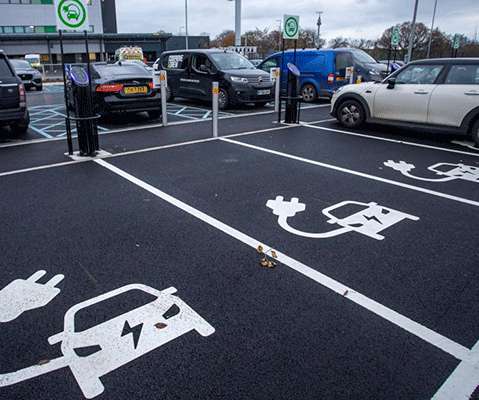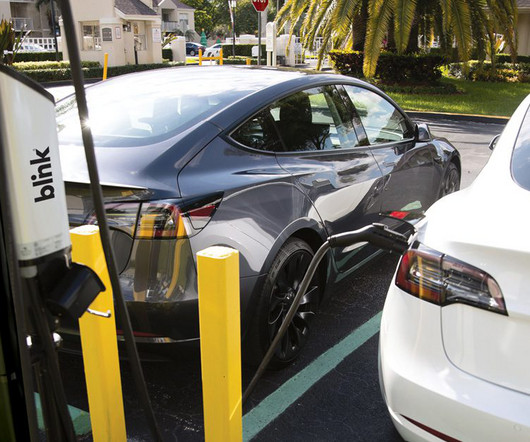Study links ambient PM2.5 and ozone specifically caused by vehicle exhaust emissions to ~361,000 premature deaths worldwide in 2010 and ~385,000 in 2015
Green Car Congress
MARCH 1, 2019
A new study provides the most detailed picture available to date of the global, regional, and local health impacts attributable to emissions from four transportation subsectors: on-road diesel vehicles; other on-road vehicles; shipping; and non-road mobile engines such as agricultural and construction equipment. Source: The ICCT.







































Let's personalize your content